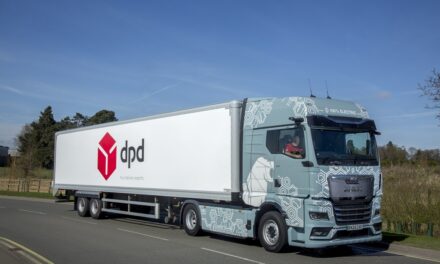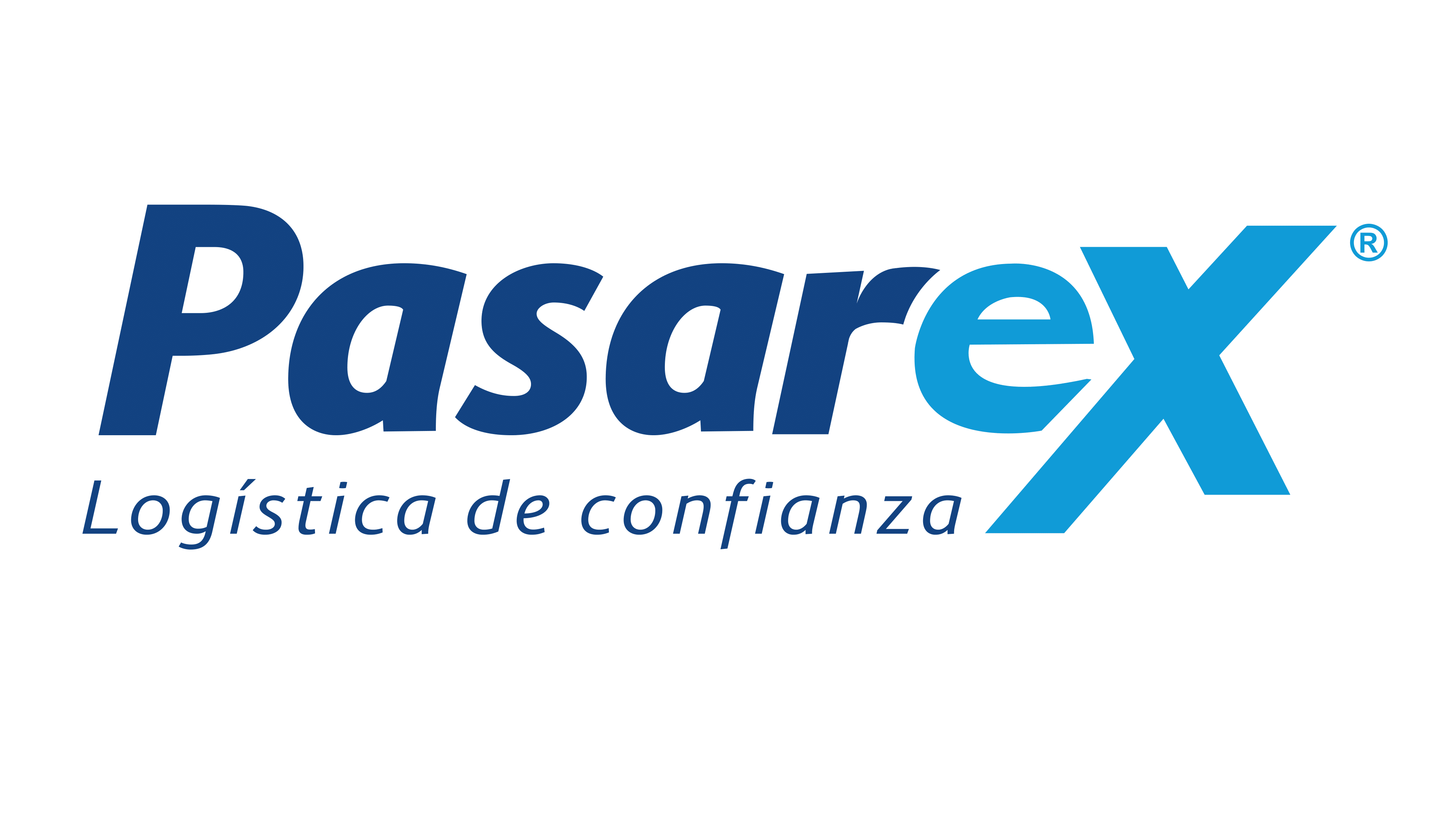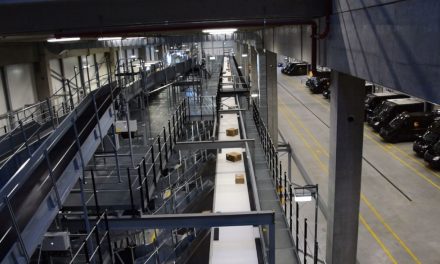
TNT sees growth in video conferencing
Reducing carbon footprint, a new priority for multinationals, is no easy task for Dutch express-delivery outfit TNT, which operates 47 aircraft and more than 26,000 trucks to move an average of 4.4 million parcels, documents, and pieces of freight each week. That takes a lot of jet fuel and gasoline.
There is not much that can be done to cut back on that traffic, so TNT is instead urging employees to reduce carbon dioxide emissions under a program called Planet Me. A big part of Planet Me is a drive to reduce business travel and use videoconferences instead. TNT estimates the CO2 savings from videoconferencing alone to be 2.6 kilotons a year for the next four years, or a total of 10.5 kilotons.
The embracing of videoconferencing by TNT is part of a larger trend. The worldwide videoconferencing systems and services market, which reached USD 1.63 billion in 2007, is expected to grow to USD 4.2 billion by 2012, according to technology consultancy Frost & Sullivan, as more companies try to become greener and cut costs.
Few companies are benefiting as much as Norwegian videoconferencing equipment maker Tandberg, which counts TNT as one of its customers. The company, which has dual headquarters in Oslo and New York, leads the industry in revenue with 40 pct of the global videoconferencing market, says Frost & Sullivan. The U.S.’s Polycom is market leader in number of units shipped. Together, Tandberg and Polycom control about 70 pct of the market for videoconferencing devices and infrastructure, selling against and sometimes cooperating with Hewlett-Packard and Cisco, both of which make high-end videoconferencing systems.
“There has been a big takeoff in growth,” says Fredrik Halvorsen, chief executive of Tandberg, which had revenues of USD 630.5 million in 2007, up 50.2 pct over 2006. “Videoconferencing has become an integral part of corporations’ communication strategy over the last 18 to 24 months.”















